You know what you need to do, but you keep not doing it. Here’s why and what to do about it

Most people have goals to get ahead and even know, in principle, what steps to take to achieve them, but just keep not taking those steps. For instance, a successful designer does beautiful art on the side and wants to put it “out there” to see if he has something people will buy. Or a corporate leader has left her role to be an independent consultant and needs to communicate with more people about the value she brings. Both the artist-entrepreneur and the budding consultant know about the steps involved in marketing and sales, but they just keep not taking those steps, at least not enough of them. Something is holding them back.
In my experience coaching entrepreneurs and training leaders I find that very often they know what steps they should be taking. One more hack or pep talk isn’t going to do much for them. There is, however, a counterintuitive process—teach me how to fail—that can make a huge difference regardless of their specific skill set, goal, or context.
Failure is an option
Typically, people tend to avoid thinking about failure. Failure is something many people fear. And research does support what most people would probably suspect—that fear of failure really can hold us back, even the entrepreneurial-minded. To avoid thinking about failure can be a way to try to avoid fear of failure. You know—Stay positive.
However, research has long shown that it’s exposure to our fears, rather than avoiding them, that can help us move past them. And the more fully we can manage to safely revisit the contexts and emotions involved, the better. Findings reveal that when people expose themselves to the fear of failure, and let themselves explore that fear of failure mindfully, it can lead to breakthroughs in how they approach their task.
Failure as a strategy
Teach me how to fail is a powerful way to flip the script on failure and expose yourself in a safe and thoughtful way to the context and emotions connected with that failure. The process also reveals a wealth of actionable information quickly, that can precisely address what holds someone back. It points them toward what to do differently in their unique context.
With this process we view failure as a strategy, and moreover as a successful one. It is not successful at getting to the goal, but successful at meeting some other important need. That shift alone is often an eye-opener for people.
Consider a situation of your own where you are not taking action that you think you should. Now reflect on this question: “How is it serving you to not act?” This is a way of reframing the meaning of failing-to-act in a more positive, often accurate, and adaptive light. Neuroscience shows that reframing the meaning of something in this way can change your emotional state and how strongly the brain may be triggering fight-or-flight mode.
In this process, moreover, we try to learn how to fail in the specific ways a person fails to act.
Case study
Let’s consider Tim, the successful designer now looking to expand as an artist-entrepreneur, who took part in a group coaching series I co-facilitate. Trying to move himself to act, Tim said “I just need to put my art out there and see what happens.” When asked, “how is it serving you to not put your art out there?” Tim owned up to the fact that it allowed him to avoid finding out whether people would say “no.” That helped him keep hope alive that his art could find customers. With this we learned what his strategy was helping him succeed with—to keep hope alive.
Then we explored further what someone would need to do if they wanted to fail to put their art out there exactly as Tim does. We knew one piece already, which was to value keeping hope alive. His strategy included certain behaviors, beliefs, emotional states, imagining particular reactions from other people, focusing attention on the wrong things, and so on. For instance: 1) we should justify waiting by telling ourselves the product was not ready. 2) We should imagine the letdown we would feel if there was no interest. 3) We should believe it would be bad to learn the answer was “No,” and that if no one purchased any pieces that means the art is not good enough to be commercial.
Difference makers
After we had learned how to fail-to-act in precisely the way Tim did, it was much easier to see what might make the difference for him. Here were some of the shifts he made:
- His focus: Instead of putting energy into justifying waiting, he would put it into justifying not waiting
- His feelings: Instead of imagining the letdown feeling, he would imagine the exhilaration of the process
- His beliefs: Instead of worrying about hearing “no,” he would try to hear “no.” He would design every outreach so that people have to say yes or no to some step in his sales funnel. Then he would aim to find out why so he could make adjustments.
- His good intentions: He then reflected on the question: “How can I keep hope alive better by putting my art out there?”
Psychology and neuroscience research highlights how each of these kinds of shifts—focus, feelings, beliefs, serving your good intentions—can make a big difference in whether and how you act. In short, what is happening is that this paradoxical focus on failure as an adaptive strategy interrupts the pattern. It snaps you out of your stuck state of mind and puts you in a more resourceful state of mind. It also shines a light on the hidden assumptions, needs, and habits that have been getting in the way.
For Tim, these shifts did make the difference. He put his art out there and is excited about the response.
Teach me how to fail is a process I learned from NLP (neurolinguistic programming). It is one of many tools from NLP for quickly identifying the difference that will make the difference for someone to be able to make a desired change in a lasting way.
What's Your Reaction?
 Like
0
Like
0
 Dislike
0
Dislike
0
 Love
0
Love
0
 Funny
0
Funny
0
 Angry
0
Angry
0
 Sad
0
Sad
0
 Wow
0
Wow
0










































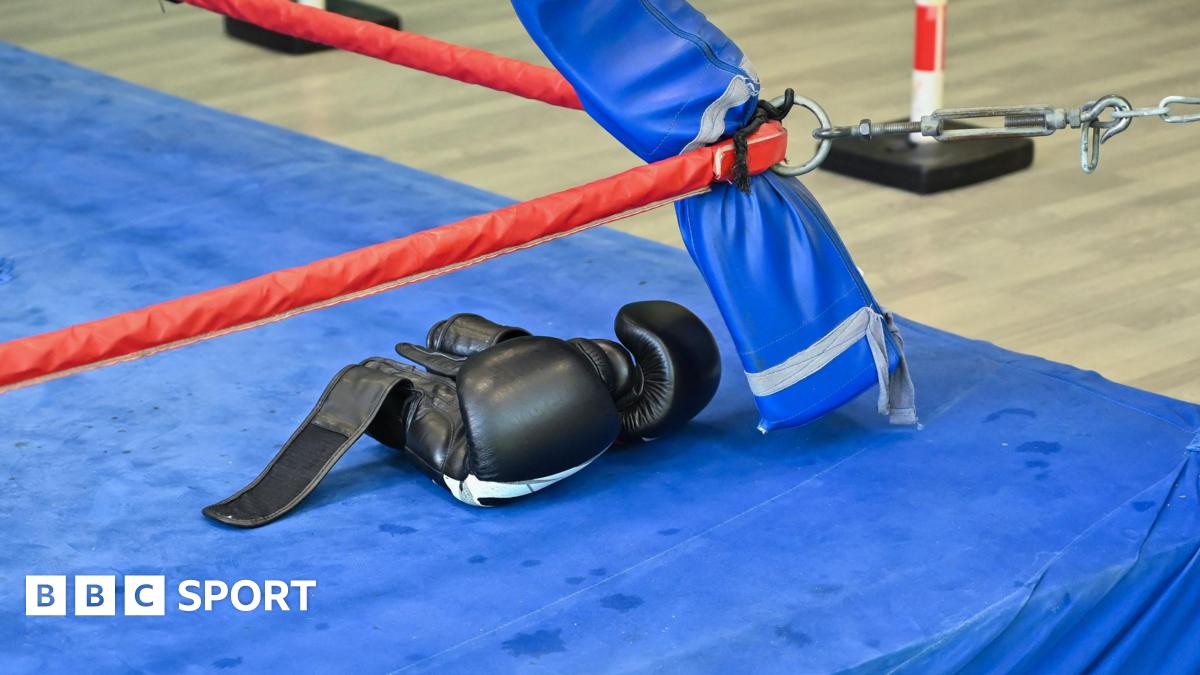

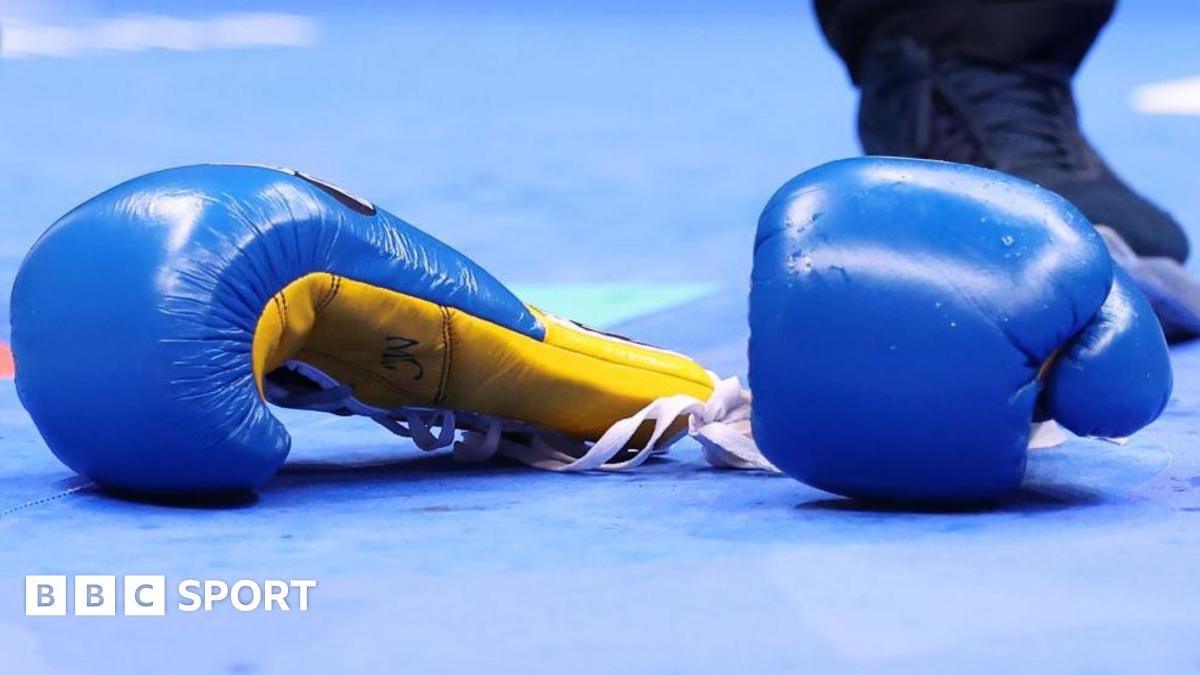
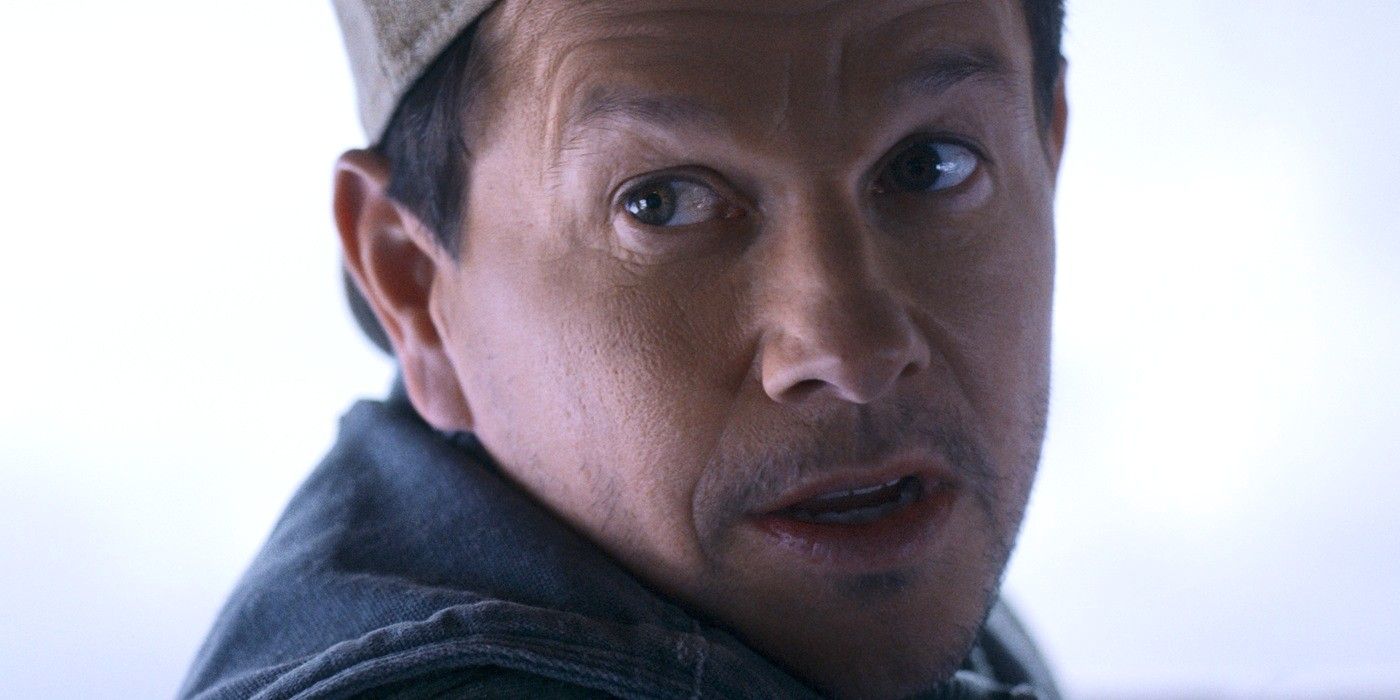
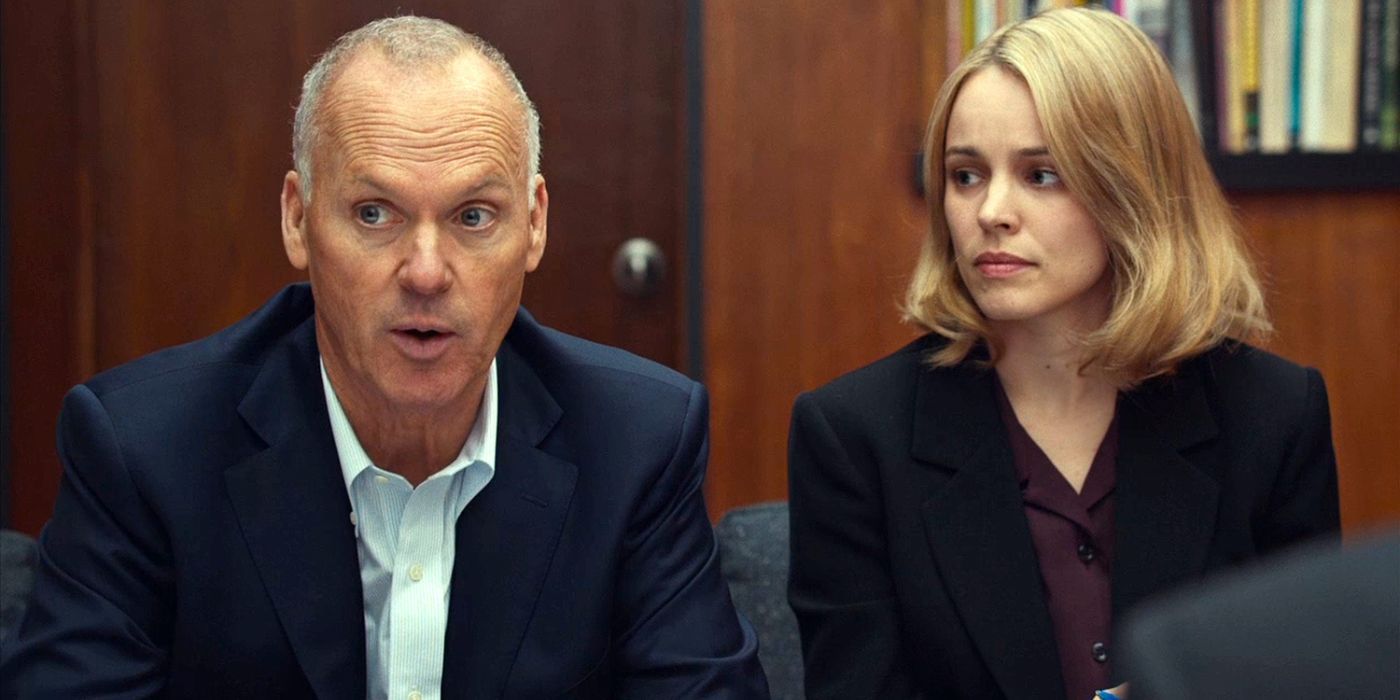
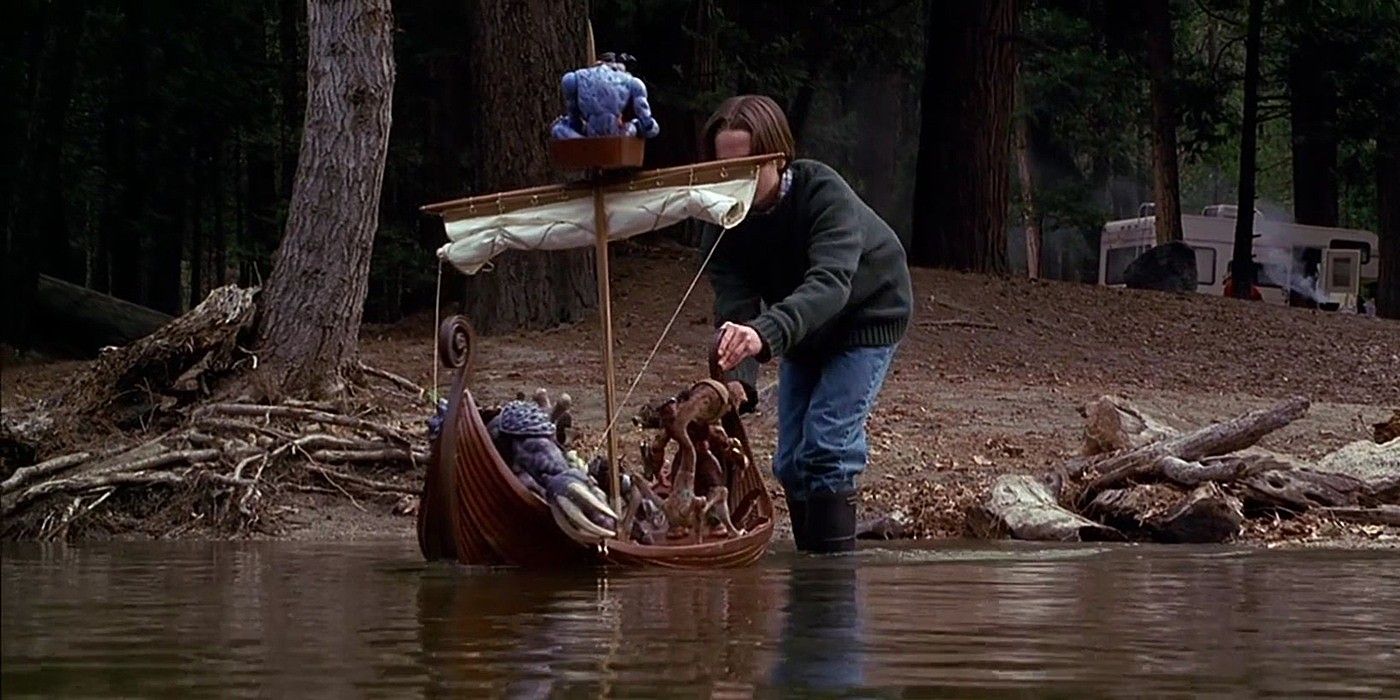
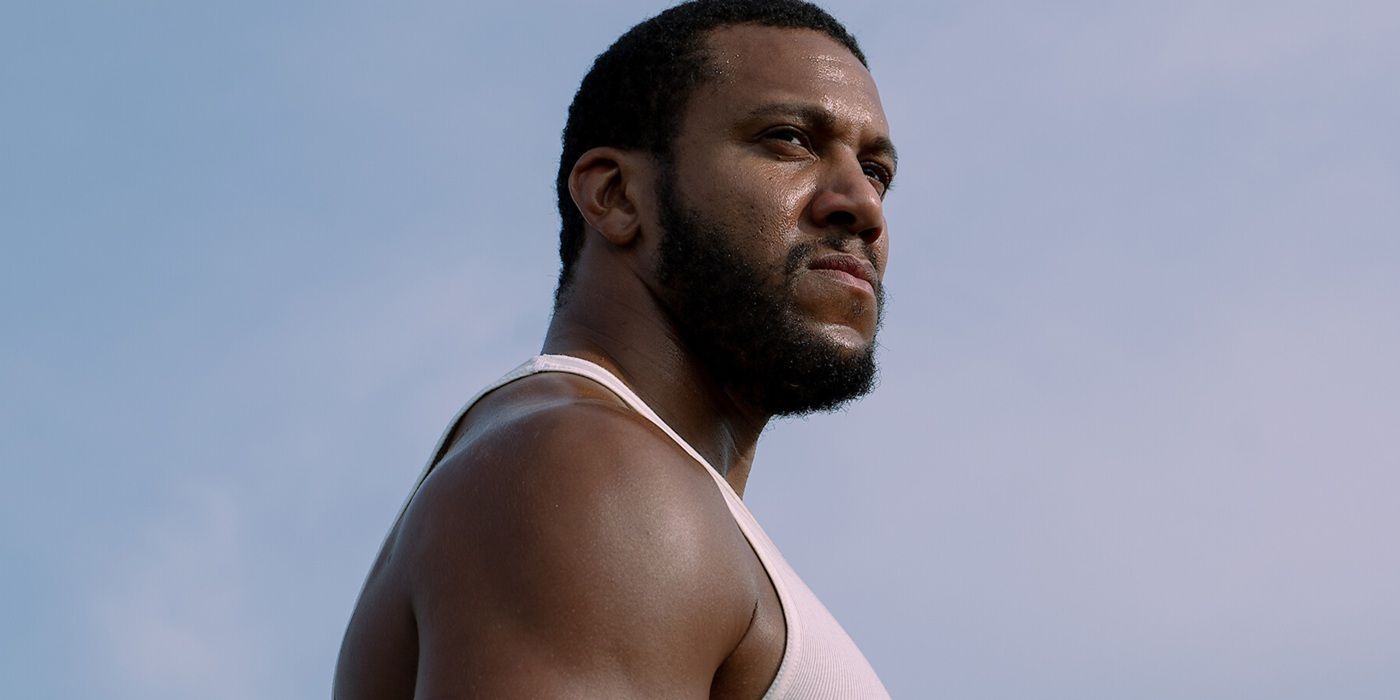




![Wednesday EPs Explain What That Episode 4 Cliffhanger Means for Part 2: Is [Spoiler] Really Dead?](https://tvline.com/wp-content/uploads/2025/08/wednesday-season-2-episode-4-ending-explained.jpg?#)








































